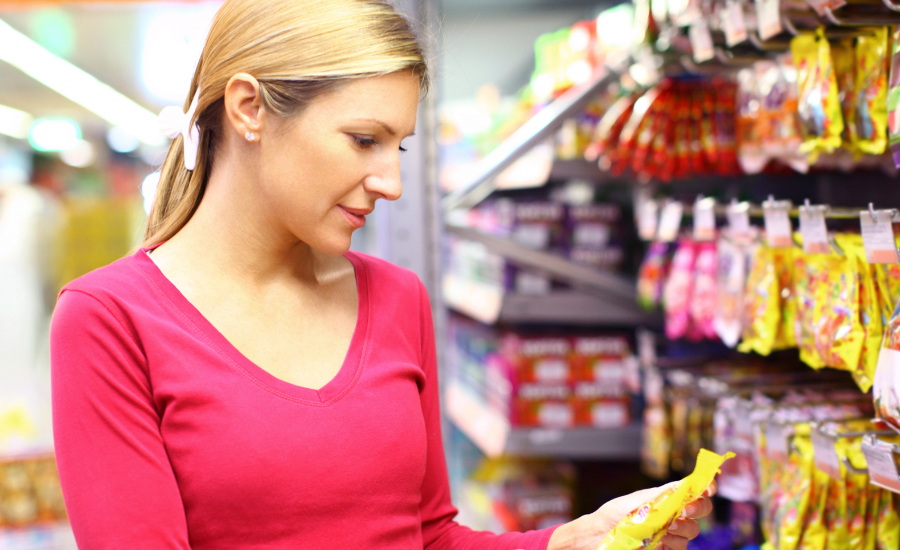Product variety, transparency can help consumers meet dietary needs
Spoon Guru survey finds three-quarters of respondents unintentionally consume food restricted from their diets.

Consumers are educated about food now more than ever, thanks to smartphone technology, improved labeling and growing awareness of changing dietary requirements and restrictions.
But that still might not be enough, according to a recent survey by London-based food search engine developer Spoon Guru. The survey revealed that 76 percent of its 2,000 U.S. respondents have unintentionally consumed food restricted from their diet.
More than half of respondents cited being served the wrong food by waitstaff in bars and restaurants, while 37 percent listed poor food labeling as the second most common reason for purchasing incorrect products.
Spoon Guru also found that a third of survey respondents accidentally purchase food that does not meet their dietary requirements weekly. Of that group, half attributed it to poor labeling.
Vegans had it the worst, with 45 percent saying they struggle the most with vague or non-existent ingredients labeling when trying to find the right food. Furthermore, respondents between the ages 25 and 44 who have some form of exclusion diet experience the most difficulty while shopping for food online or at supermarkets.
“With an increase of U.S. consumers adopting exclusion diets, whether due to an allergy or intolerance or simply just a lifestyle choice, there is a clear need to make food discovery much more inclusive,” said Markus Stripf, ceo and co-founder of Spoon Guru. “The study found there is overwhelming support (86 percent) for the idea that retailers should go above and beyond the current regulations to improve ingredient clarity, and the general feeling among U.S. consumers is for on-trade and off-trade retailers to take more accountability where food labeling is concerned.”
It’s no secret that consumers seeking food without certain allergens, animal products, pesticide use or GMOs are at a disadvantage when it comes to finding items that meet their needs. And, in the case of allergens, a mistake could have serious and damaging effects.
Fortunately, product variety and transparency has gotten better over the last decade, and it will continue to improve as more manufacturers move into the space and adopt measures to make information available. Candy manufacturers included.
Nonetheless, data from IRI, a Chicago-based research firm, shows consumers are able to find and buy these specialized products. Non-GMO Project Verified chocolate brought in $85.5 million in 2017, while Non-GMO Project Verified non-chocolate products generated almost $31 million.
Additionally, sales of USDA certified organic chocolate topped $68 million in 2017, up more than 15 percent. Meanwhile sales of organic non-chocolate products surpassed $33 million. Gluten-free confectionery products brought it more than $350 million in 2017.
And while several retail chains have opened to specifically cater to consumers seeking natural products — Whole Foods, Fresh Market and Sprouts, to name a few — more and more mainstream grocery chains are carrying vegan, organic, non-GMO and allergen-free items.
In terms of labeling, packaging technology is already advancing to promote transparency in ingredients. There’s the SmartLabel program, which allows shoppers to scan a QR code and learn more about what appears in the product. As of June, 28,000 products appeared in the database, and more are being added.
And there’s also Spoon Guru. Launched in 2015, the group developed an app that allows consumers to create profiles based on specific dietary tags and scan product barcodes to see if it matches their requirements.
“While there are a lot of learnings and discussions to be had about how to make food discovery and shopping accessible, the great news is that more and more food businesses like restaurants and retailers are open to using smart technology as a platform to cater for people who have specific dietary requirements,” Stripf said.
Anything to make life a little easier — and a little sweeter.
